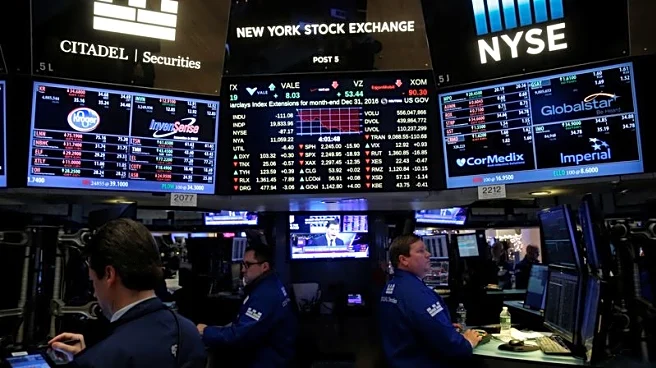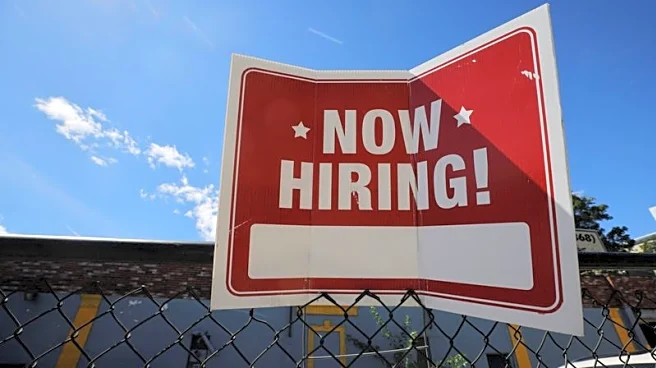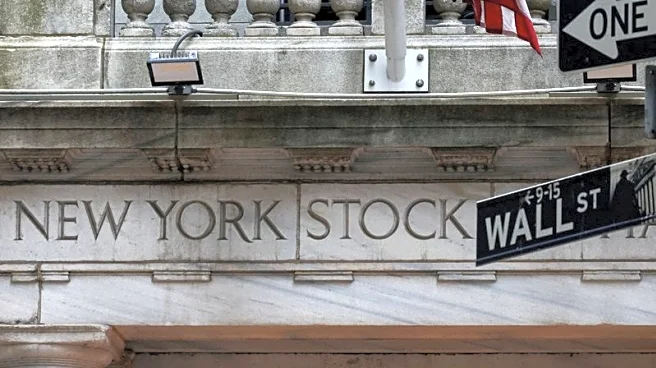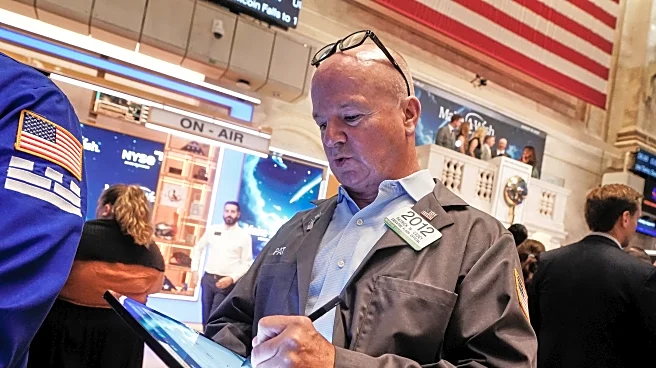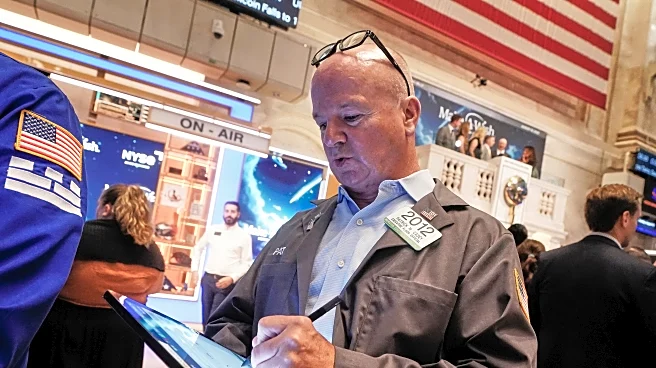By Lewis Krauskopf and Davide Barbuscia
NEW YORK (Reuters) -After a surprisingly weak U.S. payrolls report that underscored that the economy is slowing, investors see the need for accelerated monetary easing, including an increased chance of a jumbo interest rate cut this month.
Heading into Friday's employment report, investors were already widely projecting the Federal Reserve to lower its benchmark interest rate by a standard quarter-point at its September 16-17 meeting, in what would be its first
reduction in nine months. Fed Chair Jerome Powell had set the stage for such a cut in remarks last month that pointed to risks in the labor market.
But after data showed U.S. jobs grew by a paltry 22,000 in August, well below estimates, market pricing began making room for the possibility of a heftier half-percentage-point reduction, while more easing is now expected through 2025 overall.
"This is two disappointing jobs reports in a row and certainly makes the case for a weakening economy," said Jack Ablin, founding partner and chief investment officer at Cresset Capital. "If you combine that with Chairman Powell's bias toward full employment rather than price stability, it does suggest that the Fed could go more than originally planned."
The prospect of lower interest rates has been a support for stocks in recent weeks but equities wavered after Friday's report. Stock futures jumped initially after the data, before reversing course. The benchmark S&P 500 was last down 0.5%.
"If investors are focused on Fed policy cuts, then that could be supportive of the stock market," said Jim Baird, chief investment officer with Plante Moran Financial Advisors.
"If investors are instead looking at it as a precursor to further slippage in labor conditions and job losses and perhaps an economy that softens up further from here, that's not good news for stocks."
Investors piled in to U.S. Treasuries, sending both short and long-term yields lower. The benchmark U.S. 10-year Treasury yield fell as low as 4.06%, its lowest in about five months. Meanwhile, in foreign exchange markets, the prospect of accelerated rate cuts sank the dollar index to a near six-week low.
"We find G10 FX is trading with front-end nominal yields. That's why the dollar dropped after weaker-than-expected payrolls," said Benjamin Ford, researcher at macro research and strategy firm Macro Hive.
Fed fund futures as of Friday afternoon were baking in a 10% chance of a 50 basis-point reduction later this month, with the 90% balance of probability on a 25 bp cut, according to LSEG data.
When the Fed started its cutting cycle in September 2024, the central bank began with a half-percentage-point reduction, noted Blair Shwedo, head of investment grade sales and trading at US Bank.
"So I would imagine the market is looking back at that and realizing the Fed is not scared to start out with a more aggressive 50 bp cut," Shwedo said.
Mark Malek, chief investment officer at Siebert Financial, said a 50 basis-point move "would add a tailwind to the (stock) market."
"It would definitely be a boost for the megacap growth stocks, and a green light for investors to take on more risk," Malek said.
A 50 basis-point cut could lead to the "capitulation" of short bets for the front-end part of the Treasury curve, which may exacerbate volatility in the bond market, said Slawomir Soroczynski, head of fixed income at Crown Agents Investment Management.
The prospect of more aggressive easing could also further raise fears about inflation. Current inflation rates are still above the Fed's 2% target and Powell and other Fed officials have been wary that President Donald Trump's tariffs could lead to higher prices.
"Powell’s concern is there’s still tariff uncertainty, and he knows that from an inflation standpoint the increase in risk sentiment will certainly spur asset price inflation," said George Cipolloni, portfolio manager at Penn Mutual Asset Management. "Now will it spur consumer price inflation? That's the tug of war."
Not everyone was convinced a hefty cut was coming after the jobs data. August is a "noisy month" with figures that tend to get revised higher, said Phil Blancato, chief executive officer of Ladenburg Thalmann Asset Management.
And more data will come ahead of the Fed meeting, in particular next Thursday's August Consumer Price Index report that offers another read on inflation trends.
"Inflation is still a major concern and is not being tamed by the slower economic growth," said Melissa Brown, managing director of investment decision research at Simcorp.
(Reporting by Lewis Krauskopf and Davide Barbuscia in New York; Additional reporting by Saqib Ahmed, Matt Tracy, Suzanne McGee, Ragini Mathur and Niket Nishant; Editing by Alden Bentley and Matthew Lewis)




